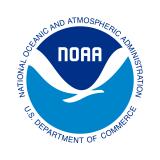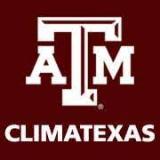2022 Southern Plains Drought and Heat Webinar
The Southern Plains has been in extreme to exceptional drought since September 2021. This drought has been dynamic, changing almost month to month through the winter and spring. Intense heat and the rapid intensification of drought conditions through June and July made this webinar ever more timely.
The 2022 Southern Plains Drought and Heat webinar, co-hosted by NOAA's National Integrated Drought Information System (NIDIS) and National Integrated Heat Health Information System (NIHHIS0, provided the latest information on current drought, heat, and fire conditions and forecasts, local perspectives, and the serious impacts to diverse sectors of the economy and communities throughout the Southern Plains, as well as the ripple effect this has had across the country.
For more information, please contact amanda.sheffield@noaa.gov or joel.lisonbee@noaa.gov.
Key Partners
The 2022 Southern Plains Drought and Heat Webinar assembled stakeholders, decision makers, and drought experts for an informational webinar on drought conditions and response efforts in the Southern Plains. This webinar was co-hosted by NOAA’s National Integrated Drought Information System (NIDIS) and National Integrated Heat Health Information System (NIHHIS) in collaboration with NOAA’s National Weather Service, USDA’s Office of the Chief Economist, along with Federal, Tribal, State, and local partners.










